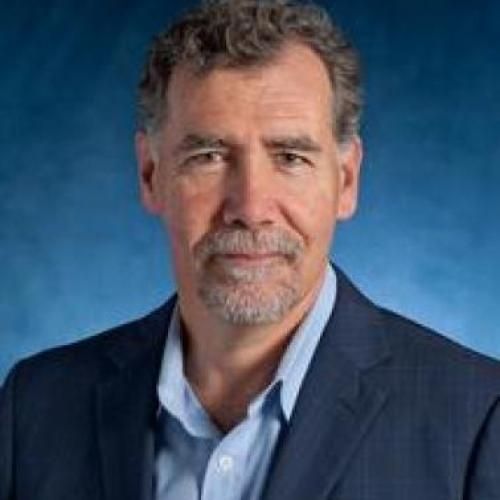The science of Durban, AIDS 2016.
INTRODUCTION: The science presented at the 21st International AIDS Conference in Durban, South Africa, in July 2016, addressed the state of the field across basic, clinical, prevention, law and policy and implementation science. METHODS AND RESULTS: The AIDS response has seen remarkable achievements in scientific advances, in translation of those advances into prevention, treatment and care for affected individuals and communities, and in large scale implementation - reaching 18 million people with antiviral therapy by mid-year 2016. Yet incident HIV infections in adults remain stubbornly stable and are increasing in some regions and among adolescents and adults in some key populations, challenging current science, policy and programming. There have been important advances in both preventive vaccines and in cure research, but both areas require ongoing investment and innovation. Clinical research has flourished with new agents, regimens, delivery modes and diagnostics but has been challenged by aging and increasingly complex patient populations, long-term adherence challenges, co-infections and co-morbidities, and unresolved issues in TB management and epidemic control. It is an extraordinary period of innovation in prevention, yet the promise of new tools and combination approaches have yet to deliver epidemic HIV control. CONCLUSIONS: Proven interventions, most notably pre-exposure prophylaxis, PrEP, have been limited in rollout and impact. Treatment as prevention has the promise to improve clinical outcomes but remains uncertain as a prevention tool to reduce population-level HIV incidence. The improvement of legal, policy and human rights environments for those most at risk for HIV acquisition and most at risk for lack of access to essential services; sexual and gender minorities, sex workers of all genders, people who inject drugs, and prisoners and detainees remain among the greatest unmet needs in HIV/AIDS. Failure to do better for these individuals and communities could undermine the HIV response.
Duke Scholars
Altmetric Attention Stats
Dimensions Citation Stats
Published In
DOI
EISSN
Publication Date
Volume
Issue
Start / End Page
Location
Related Subject Headings
- South Africa
- Pre-Exposure Prophylaxis
- Male
- Humans
- HIV Infections
- Female
- Coinfection
- Adult
- Adolescent
- Acquired Immunodeficiency Syndrome
Citation
Published In
DOI
EISSN
Publication Date
Volume
Issue
Start / End Page
Location
Related Subject Headings
- South Africa
- Pre-Exposure Prophylaxis
- Male
- Humans
- HIV Infections
- Female
- Coinfection
- Adult
- Adolescent
- Acquired Immunodeficiency Syndrome

